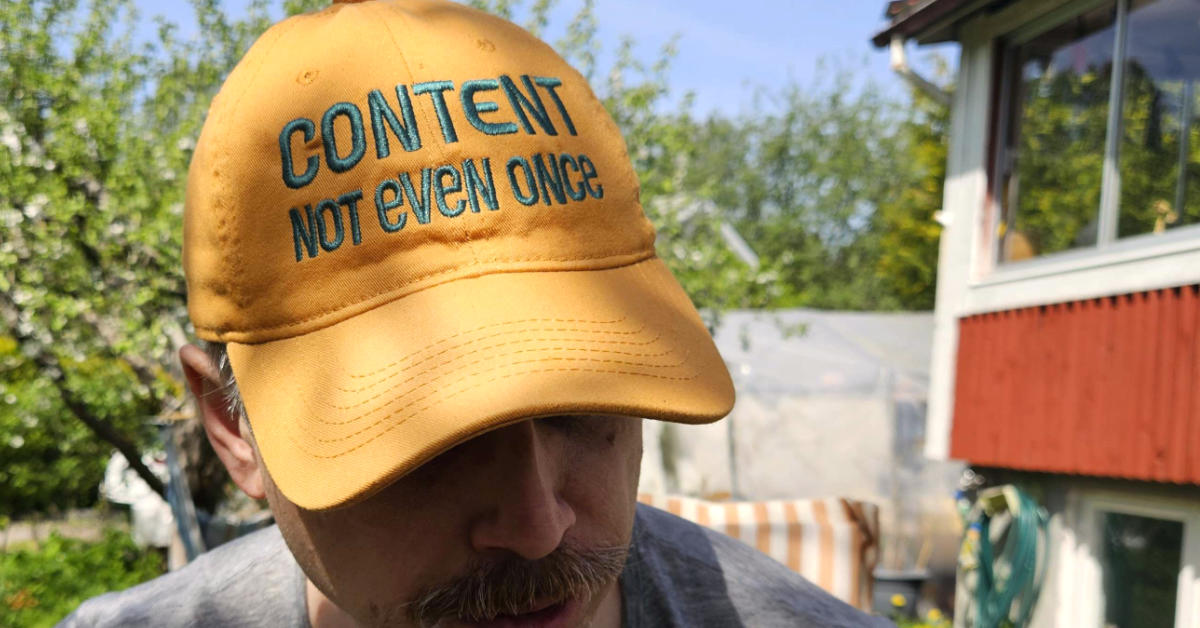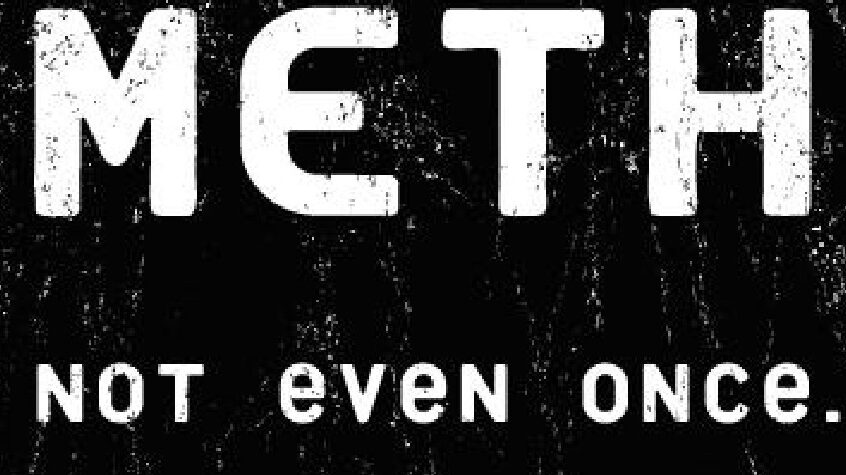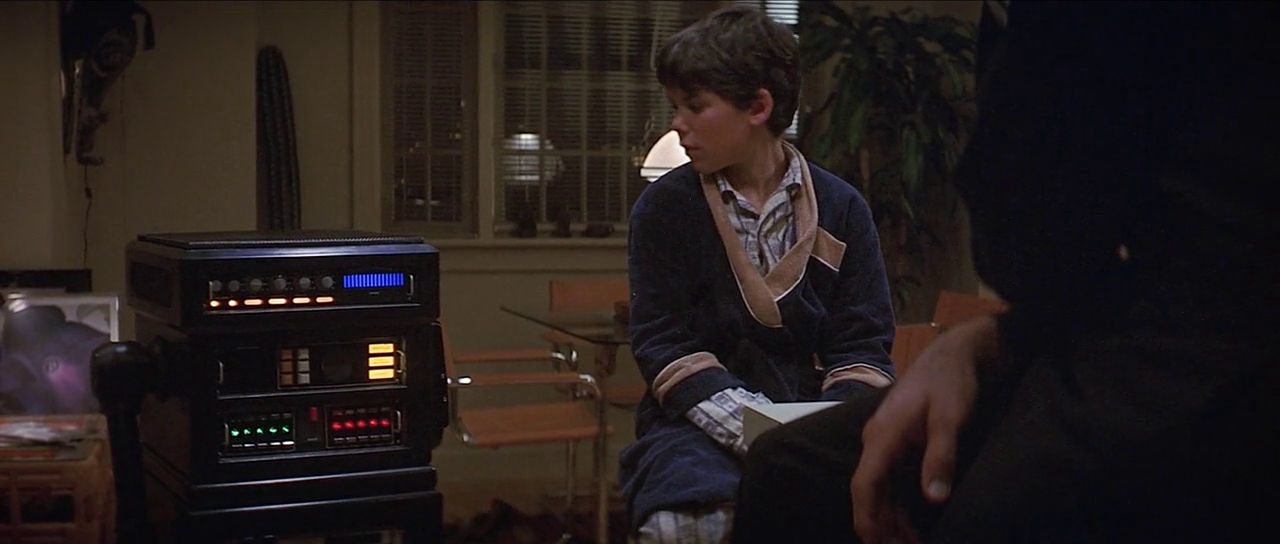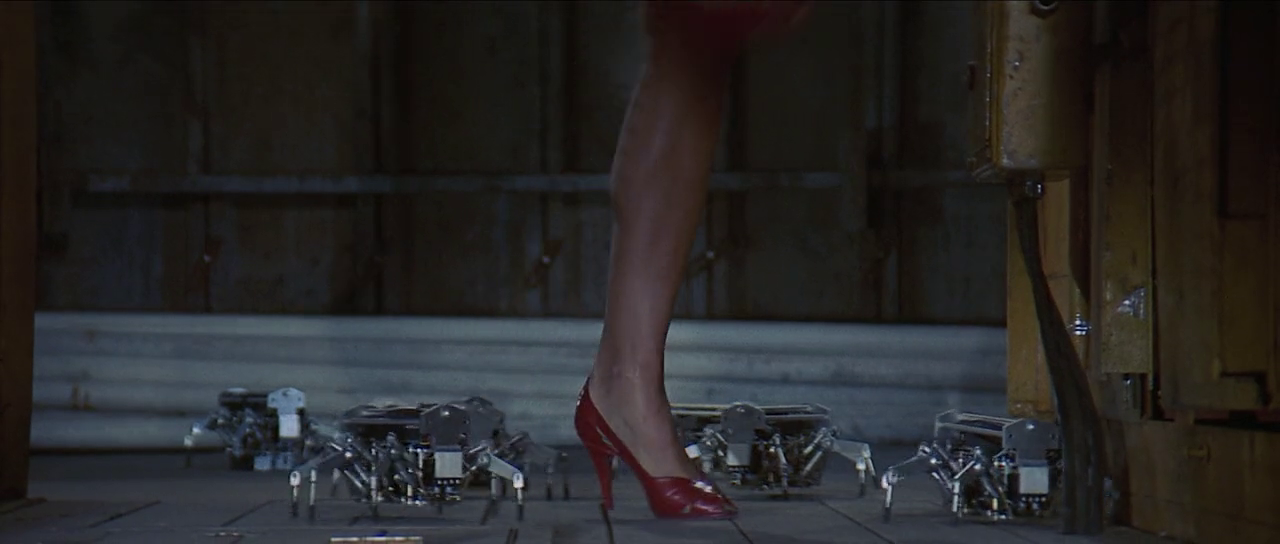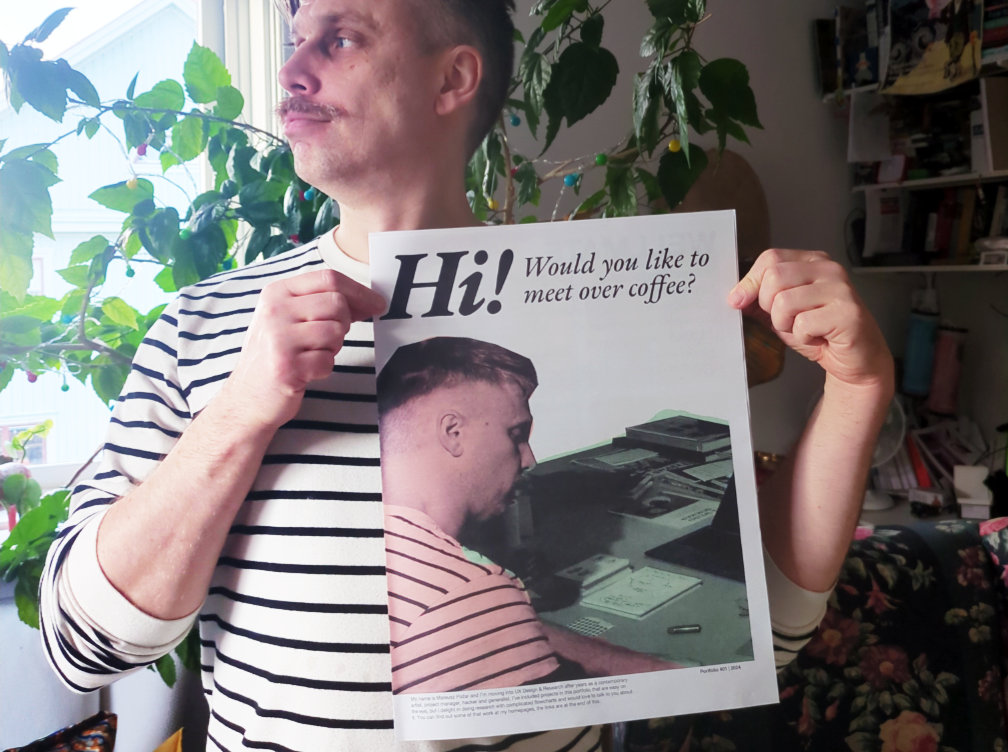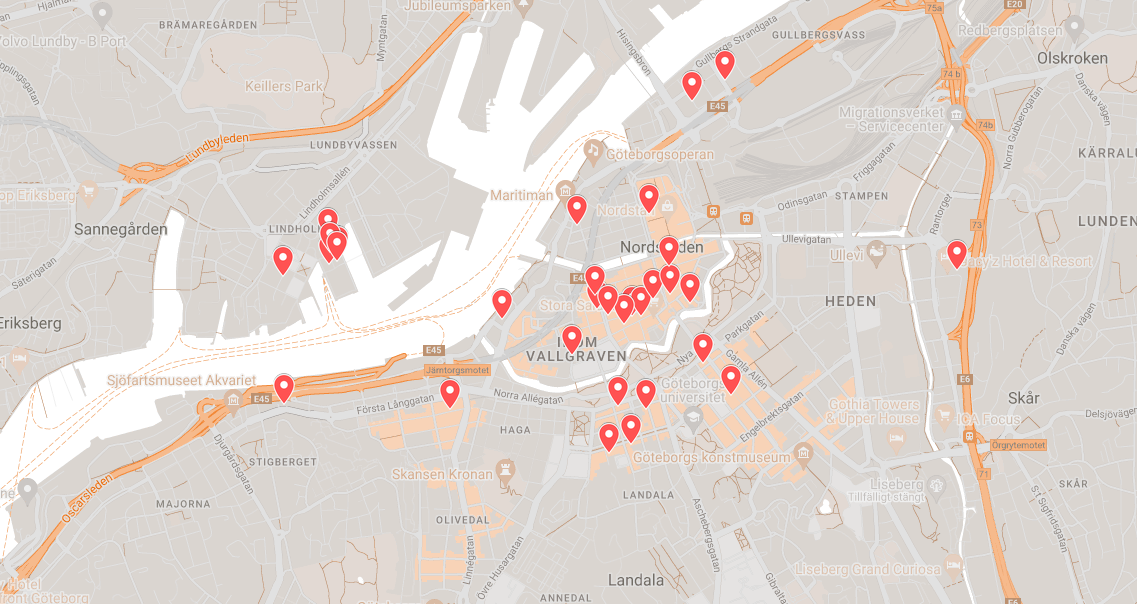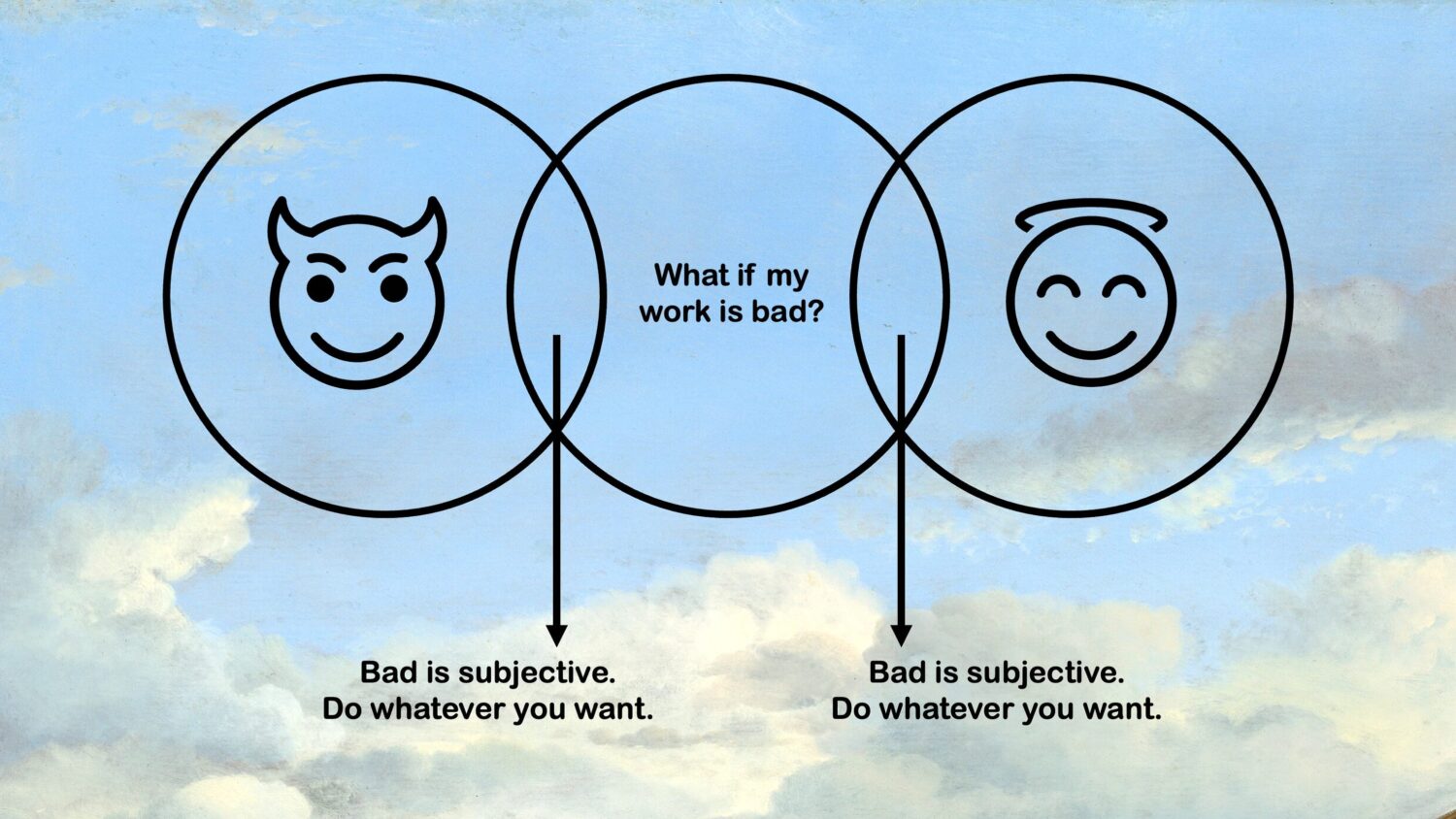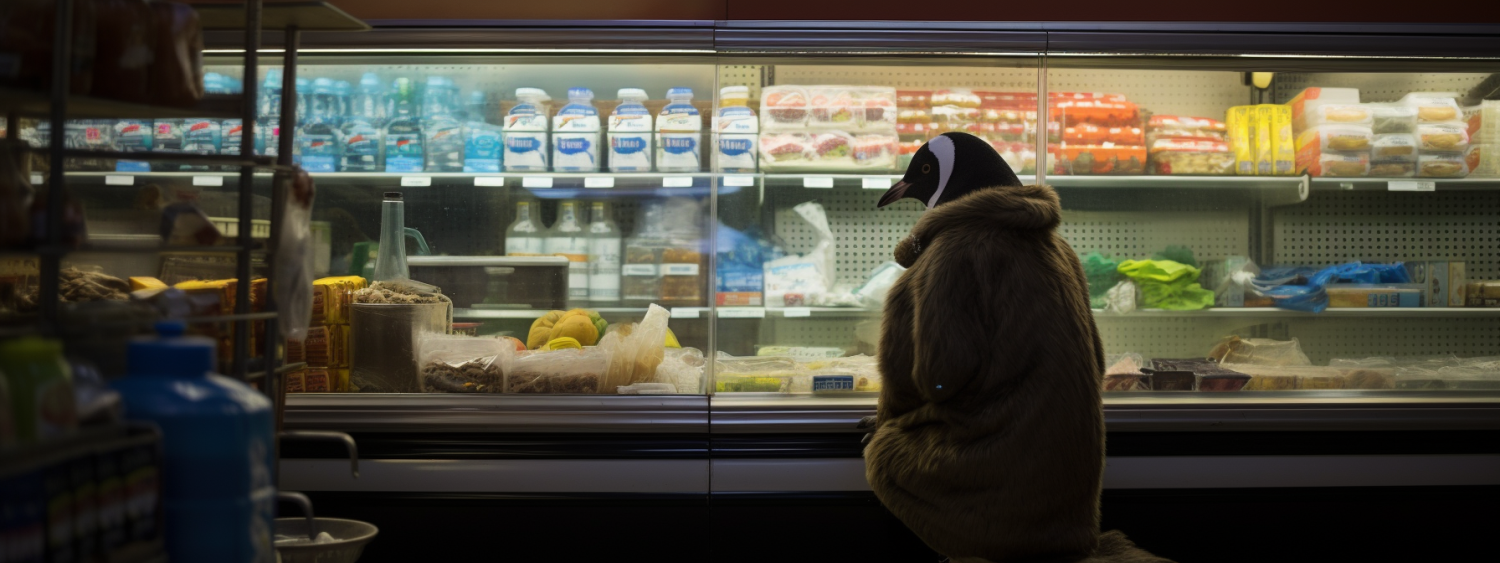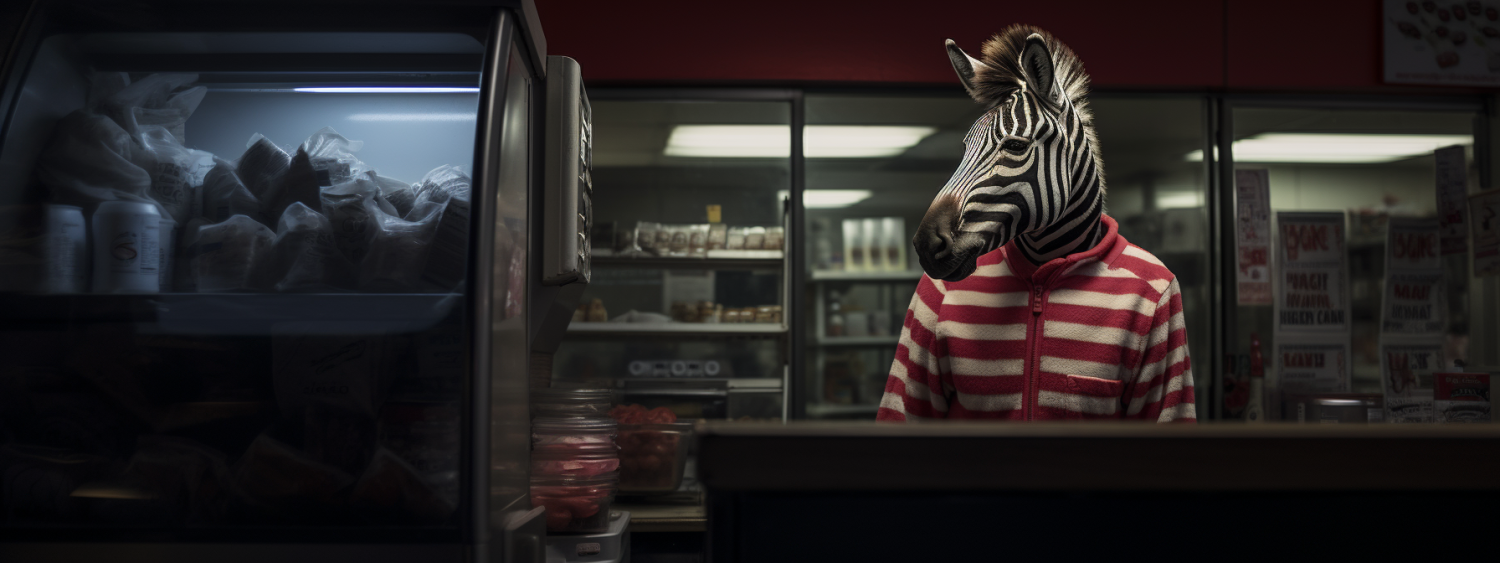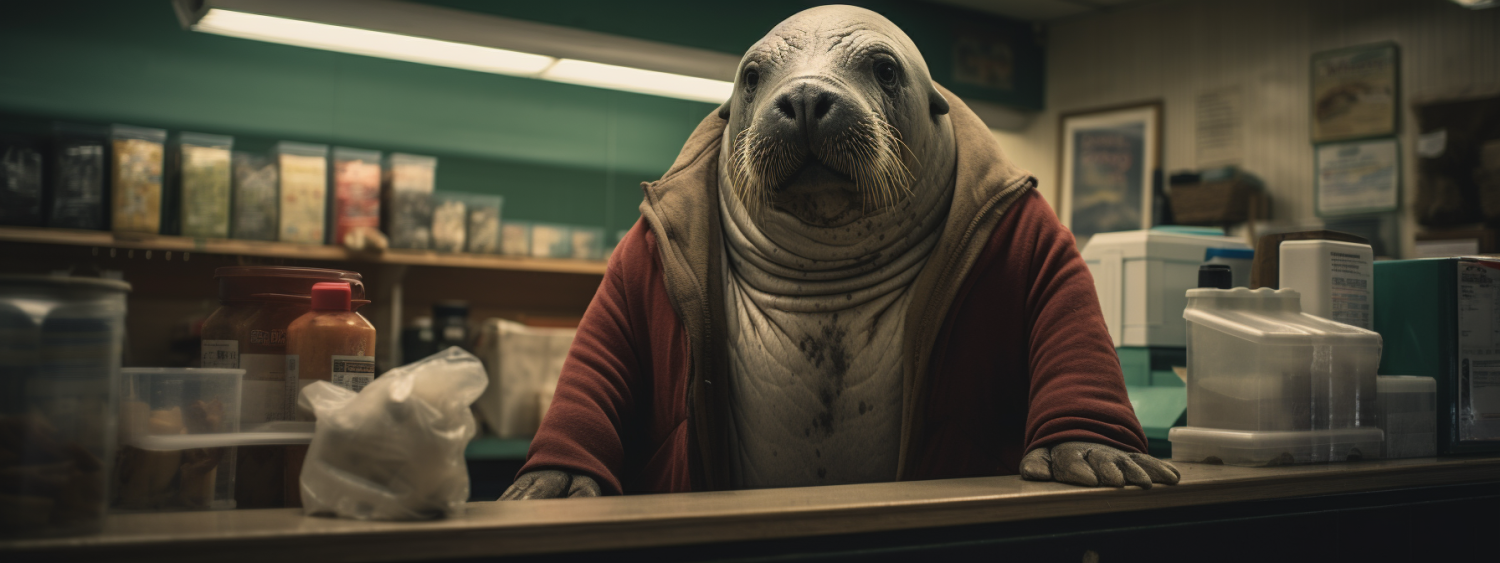Oik oik fellow piglets! I’m starting this post January 9th in the year of our lord 2023. I have a slight cold, my calfs are aching after ill-advised amount of exercise yesterday, and I’m looking forwards to the school semester starting again. Just like previous years, I’m scheduling this post to go live 1st Jan 2024, and I’ll track what books (and similar) I’ve read, in chronological order. My prediction is that a lot will be stuff related to school and work, but I’ll try to squeeze some fiction in there as well – and not only re-reads… (I’ll list stuff I’ll give up on as well)
Books read
Tamsyn Muir: Gideon the Ninth. Odd science fantasy book taking place in a world where there are necromantic houses who rule whole planets in service to an emperor? We get to follow Gideon, an indentured servant to the Ninth house, when she along with her necromancer are summoned to perform a test with representatives of other houses. It’s the language which makes this stand apart – Gideon talks like a contemporary angry teenager, which clashes wonderfully with the gothic surroundings. The mood reminds me of the backdrops of the game Slay the Spire, if that makes any sense.
Alan Cooper: The inmates are running the asylum. A book often referenced in modern computer design litterature as an important contribution in bridging the divide between design and development. Well written by the “father of Visual Basic” and as pertinent today as it was thirty years ago.
Mark van Wageningen: Type and Color: How to design and use multicolored typefaces. More of a skim than a read – the author presents some experiments with typefaces made up of more than one colour. It’s not a subtle effect and using it for copy text would require a brave publisher, but some of the headers are eye-catching if they fit with the overall design.
Zach Barth: Zach-like. A chronological history of the games of Zach Barth and his companies. It’s not many persons who get a genre names after themselves (zach-like) so it’s intersting to browse the evolotion from paper sketches to finished computer games. Could have done with tighter editing of text and included materials, but I have a feeling I’m not the intended audience – a burgeoning game developer might spend days analysing the sketches I browse through.
Sjöwall Wahlöö: Den vedervärdige mannen från Säffle. The first book from the Beck series that I’ve read, and I can see how it became so genre-defining. It’s suspensful, has social pathos and a no-nonsense story – great read. (Oh, and the story is about a brutal murder of a police officer, which starts to look like the first of a string of revenge killings – and our protagonist Beck is on the list)
Seth Dickinson: The tyrant Baru Cormorant. Originally the final volume of the trilogy, but since extended to a planned forth book, we follow Baru Cormorant and her dealings in trying to exert vengenge upon the imperial Falcrest. Well written and deep characters; It’s Machiavellian economic warfare, and my only complaint is that the characters are too numerous and difficult for my poor brain to keep apart. Will preorder the forth book as soon as it’s possible though!
Frederik Pohl, The boy who would live forever. Continuing the stories in the Heechee saga, there’s a menagerie of vignettes and characters which tie together many of the storylines from the other Gateway novels. Pohl has original ideas like few others – what he uses as a throwaway tidbit or worldbuilding, lesser authors would use as their main contrivance. The books becomes somewhat disjointed because of this, but it’s always fun to visit in the universe. I particularly enjoy comparing the AI minds of Gateway to the Minds of Iain M. Banks Culture series – the Gateway minds seem much more beign and less cynical than their Culture counterparts.
Kate Swindler: Life and Death Design. Part of my UX reading, Swindler describes some considerations of designing for people under stress. The book is a good starting place with many references to original research, but it’s a bit thin on the design aspect. Knowing the physical and psychological consequences of a flight-fight-freeze respons is good, but I’d like to have seen more process specific examples. Still, it’s a good primer and I’d recomend it to others who (like I) have limited experience in thinking and working with this – if we consider stress responses as conditions similar to handicaps which we need to take into account when designing, it would be a benefit to all.
John le Carré: A murder of Quality. One of his early whodunnits featuring George Smiley, and a biting description of upper class private schools in England. A woman is found murdered and suspicion falls on her husband, Smiley investigates and Carré uses him as a foil onto which we can project the banal wickedness of seemly proper breeding and behaviour. A fun and short read.
Johann Hari: Stolen Focus. An urgent and timely book looking at what many of us feel – we’ve become more stupid and distracted with each passing year. Starting out with surveillance capitalism and attention economy – manufactured to milk our brains as much as possible – he moves on to pollutants, malnurishment and a sheltered and scripted childhood as possible culprits to your shrinking attention-span. Good read, altough some arguments are weaker than other (the Silicon Valley stuff is solid though).
Michael Luca, Max H Bazerman: The power of experiments. A great primer on how the field of experimentation and nudging has moved from academia into politics and business. The authors are hilariously naïve and reductive though – the only objections they can envision to being experimented upon is either being a luddite or fear of bad actors (which are considered an abboration rather than business as usual). Despite this it’s a worthwhile read – and their attitude is informative as well, since it explains the oblivious surprise organisations show when people object to being experimented upon.
Louise Boije af Gennäs: Blodloka. A Swedish whodunnit against a backdrop of political scandals and coverups from the last sixty years. Reasonably suspenseful, but reads like something the author has seen on tv and is retelling rather than a well written novel. But I became intrigued to read more about the real-world scandals that are referenced in clippings throughout the book, so that’s a plus.
Oliver Sacks: An anthropoligist on Mars. Seven short descriptions of people with neurodivergence – aquired colour blindness, tourettes, inability to create memories – all told in Sacks curious and frank voice. The title is a quote from autist savant Temple Grandin on how she feels when navigating human relations, but serves just as well to describe how the author approaches his subjects on their terms as far as possible, bring back stories to the rest of us.
Gina Spadafori: Dogs for dummies. I’m more or less come to terms that if I and Sara are to stay together, at some point we’ll get a dog. So I figured I’d take an interest and read up on the subject. This book was a good primer on how to approach the decision to get a dog, what to look for in a breader, house training, etc. Very practical, and she highlights the responsibility one has for not encouraging “puppy mills.” I’m still not comfortable with the idea of owning a dog, but at least I’m more informed!
Hugh C. Howey: Silo trilogy. A re-read after watching the mediocre tv-adaptation. Ten thousand people live underground in a giant silo, but noone remembers why. The only thing they know is what The Order commands them, and it commands them not to go outside. Nice dystopic scifi with some twists and turns.
Albert Camus: The Fall. Short and fantastic, a monologue seemingly adressing the reader in second person. Jean-Baptiste Clamence is judge-penitent in a bar in Amsterdam, sometime in the 1950s, and he’s telling his interlocutor of his fall from social and moral grace, and of the impossibility of being noble. Looking forwards to reading this again in a while!
Lev Manovich: AI Aesthetics. A short booklet which is part of the course AI & Design that I’m taking at Borås University fall of 23. It came out 2018 and there’s not much conceptually new here that hasn’t been covered elsewhere by now, but it’s a useful summery of cultural ontologies and where AI fits in the puzzle.
E. M. Forster: The Machine Stops. A fantastic short story from 1909 which seem so in time with our current age it’s bound to get a resurgence! “No one confessed the Machine was out of hand. Year by year it was served with increased efficiency and decreased intelligence.” Choc full of quotes and insights into a future world enslaved by the machine.
Malka Older: Infomocracy. A near future scifi where the world is mostly divided into administative areas comprised of a maximum of 100’000 citizens. Each such centenal can be ruled by completely different rules – be they communist, laizze faire, utalitarian – and we follow political fixers in the run-up to the coming contested election. It’s a mildly interesting setup, but poorly written and not paticularly interesting in the end. I read it on a recommendation from a co-worker at RISE, and would have abandoned it otherwise.
Hannes Råstam: Fallet Thomas Quick. A fascinating read about the formerly convicted serial killer Thomas Quick who confessed to 30-some murders, was convicted for eight of them. After twenty years in bin he was exonerated after Hannes Råstam starts digging into the cases and slowly uncovers that it’s all based on wishful thinking and willful ignorance on the part of the prosecution and lawyers, and false confessions by Quick. A riveting read and a testament to the need for research-heavy journalism.
Betty Gilpin: All the women in my brain. An autobiography by the actress written with more metaphors and allegories than I’ve seen anywhere. It tells of her struggles with imposter syndrome, angst, fear of failure and fear of success. Gilpin was great in The Hunt and the more recent Mrs Davis, and it was interesting to get a glimpse of her road there. Great read, even if you don’t usually read autobiographies. “I have spent my life lily-pad hopping from goddess to goddess, quietly plagiarizing their toe rings and credos, hoping that my mirroring would count as personhood”
Fredrik T Olsson: Slutet på kedjan. A Swedish sci-fi thriller about a world conspiracy, a battle against time and some really awkward speculation about junk DNA. Poorly written and completely unbelievable characters and worldbuilding, and a perfect schlock to read when you’re down with a cold and have little energy to spare. One blurb on the cover says “more intelligent and better written than Da Vinci Code” which is a hilariously low bar to clear, which I’m not sure that this novel actually manages. No surprise at all that it’s been optioned for a film by Warner Brothers.
Books given up on
Lauren Beriant: Cruel optimism. Gave up after 34 of 354 pages when I realised that I didn’t understand what the point of the book was.
Louise Penny: Glass Houses. It’s like turning on a show which you imagine has been going for twenty years and realising that you don’t care about the characters at all. I did read another book in the series on Saras recommendation, but it’s just not for me. Put it down after 22/330 pages.
V.E.Schwab: A darker shade of magic. Dimension-hopping between different Londons. The language just didn’t grip me, and there are better magic realism books out there. 23/345 pages.
Timothy Morton: Dark Ecology. My patience with philosophical books which claim to reinvent ontologies and discourse – preferably inventing clever words in the process – grows shorter with age. I got through 17/220 pages of this book.
Charles Stross: Halting State. In a near future someone commits a bank robbery in a virtual world, and it has real world repercussions as insurence adjusters get involved. Found the book abandoned at RISE, and I abandoned it half way through.
